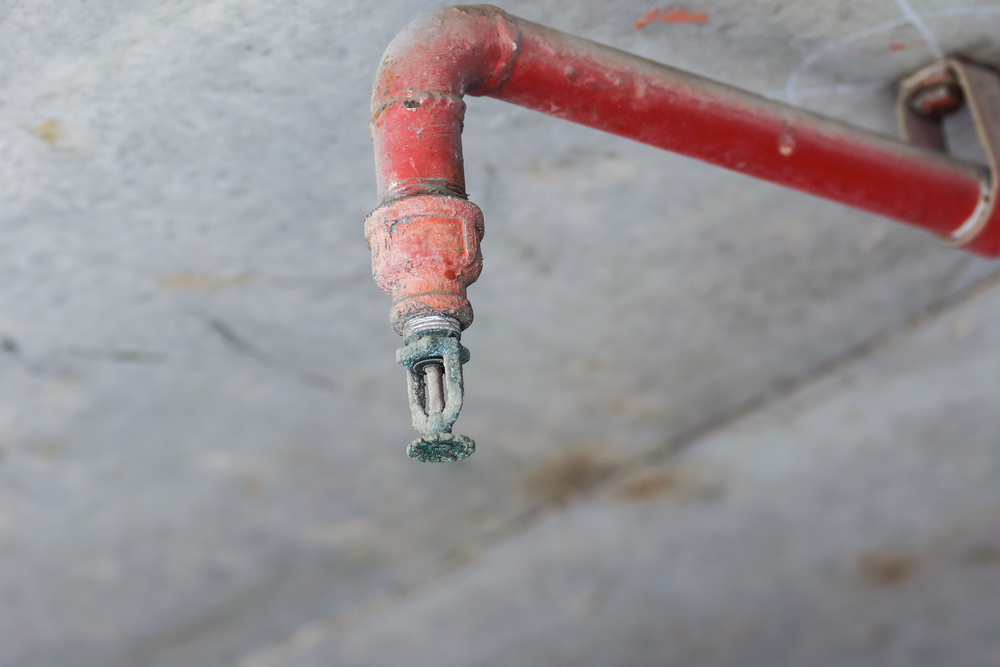In May, U.S. District Judge Dana Christensen of the U.S. District Court in Montana ruled the U.S. Forest Service (USFS) violated the Clean Water Act (CWA) in its use of fire-retardant materials in areas with waterways without a National Pollutant Discharge Elimination System (NPDES) permit.
The judge also ruled the USFS can continue to use the chemical fire retardant in the interim while it obtains the proper permit.
“Halting the use of the red slurry material could have resulted in greater environmental damage from wildfires,” Christensen said, according to AP News. “The judge agreed with [USFS] officials who said dropping retardant into areas with waterways was sometimes necessary to protect lives and property.”
The lawsuit, Forest Service Employees for Environmental Ethics v. USFS, was filed October 11, 2023, and alleged the USFS violated the CWA by inadvertently dropping chemical file retardant into waterways, resulting in water pollution.
“According to the group’s 2022 complaint, the service’s deployment of fire retardants into waterways occurred on over 459 occasions without [an NPDES] permit — a claim the service only partially denied, countering that it only recorded water contamination 213 times,” notes the Tucson Sentinel.
The chemical fire retardant is composed of water, ammonium phosphate, corrosion inhibitors, thickeners, stabilizers, and bactericides. The most problematic ingredient is ammonium phosphate, a fertilizer that’s been found to be harmful to frogs, fish, other aquatic species, and crustaceans (such as oysters, crawfish, shrimps, and lobsters).
These chemicals change the intensity of a fire by lowering its heat and slowing its advancement.
“That can give firefighters time to steer flames away from inhabited areas and in extreme situations to evacuate people from danger,” AP News says.
On April 24, 2023, during opening arguments in the case, a USFS attorney conceded the agency has violated the CWA in its use of fire-retardant chemicals.
“But the agency said the use of fire retardant is only one of the tools in its toolbox for fighting wildfires and that its use has had minimal impact to federal waterways, such as creeks, streams and lakes,” says The Press Democrat.
Over the last 10 years, more than 200 loads of firefighting retardant entered waterways.
Officials say they avoid dropping flame retardants within 300 feet of waterways, which creates “buffer zones.”
“Retardant may only be applied inside those zones when human life or public safety is threatened,” adds AP News. “Of 213 instances of fire-retardant landing in water between 2012 and 2019, 190 were accidents and the remainder were necessary to save lives or property, officials said.”
“Federal officials say those situations usually occurred by mistake and in less than 1% of the thousands of loads annually.
“A coalition that includes Paradise, California — where a 2018 blaze killed 85 people and destroyed the town — had said a court ruling that stopped the use of retardant would have put lives, homes and forests at risk.”
“This case was very personal for us,” Paradise Mayor Greg Bolin said in AP News. “Our brave firefighters need every tool in the toolbox to protect human lives and property against wildfires, and today’s ruling ensures we have a fighting chance this fire season.”
In the ruling, Christensen said halting use of the chemical retardant would “conceivably result in greater harm from wildfires — including to human life and property and to the environment.”
The judge’s ruling is limited to 10 western states that had waterways that were polluted by the USFS.
“Climate change, people moving into fire-prone areas, and overgrown forests are creating more catastrophic megafires that are harder to fight,” AP News continues.
“Almost 150 million gallons (567 million liters) of fire retardant were dropped on National Forest lands between 2013 and 2022, according to the Department of Agriculture. Retardant drops onto forests in California accounted for 49% of the total volume.”
The USFS has applied for the proper NPDES permit to come into compliance but says it could take years to receive the permit.

